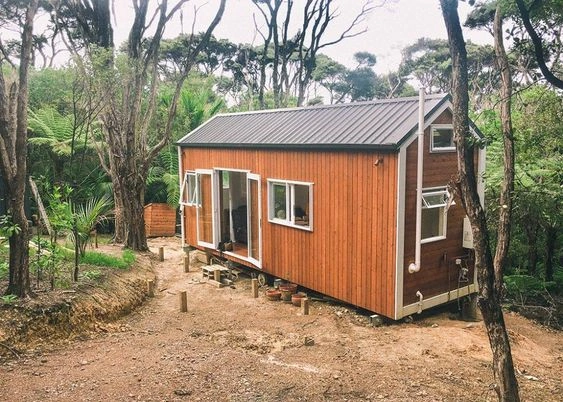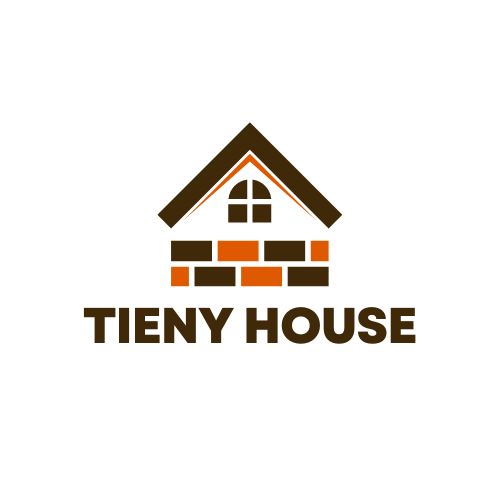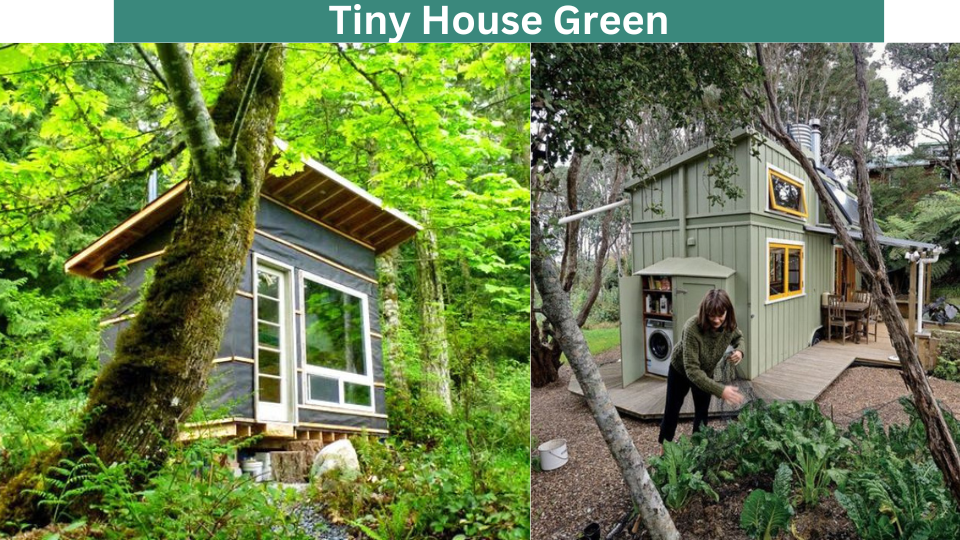If you love plants, you can always grow more in your tiny house green space.
- Adding plants to your tiny home can make the air cleaner and give it a natural feel. You can use old egg cartons to plant seeds or grow small herbs and succulents. Egg cartons are a green and cheap way to start your indoor garden.
- In a tiny house green setting, plants enhance both aesthetics and air quality. They act as natural purifiers, ensuring fresher, cleaner indoor air.
- In a tiny house green setup, plants can ease allergies and let you grow food and herbs at home, cutting down store trips.
Eco-Friendly Features of Tiny House Green
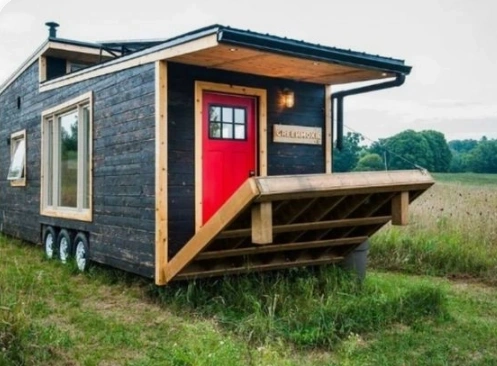
Tiny House Green emphasizes sustainability and eco-friendliness in its designs. These homes are built using recycled and sustainable materials to reduce environmental impact. They often incorporate energy-efficient appliances, solar panels, and rainwater harvesting systems to minimize energy consumption and waste.
Moreover, Tiny House Green designs prioritize natural lighting and ventilation, reducing the need for artificial lighting and air conditioning. This not only saves energy but also creates a healthier living environment.
Additionally, many of these homes utilize composting toilets and gray water systems to conserve water and reduce pollution.
In essence, the Eco-Friendly Features of Tiny House Green make it a great choice for those looking to live a more sustainable and environmentally conscious lifestyle.
Little House Green Grocery Photos
Experience the quaint charm of ‘Little House Green Grocery’ through these captivating photos.
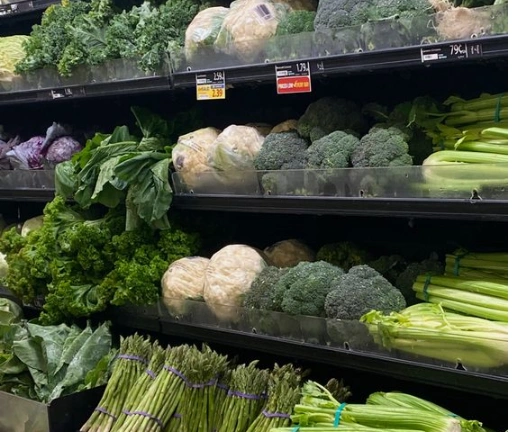
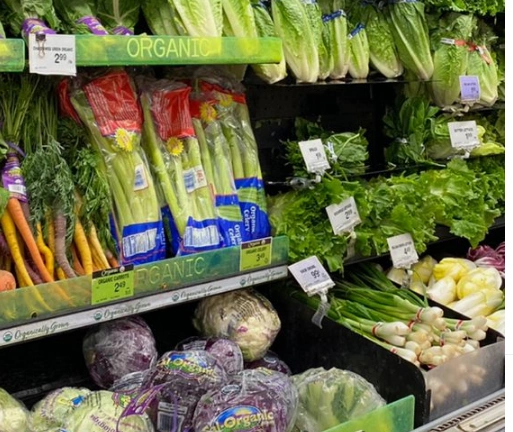
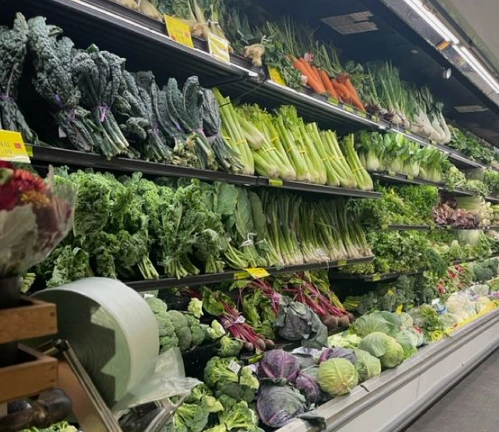
Benefits of Choosing Tiny House Green:
Tiny House Green offers reduced carbon footprint, cost-effective living, and promotes a simpler, intentional lifestyle.
- Environmentally friendly: A smaller living space means you use fewer resources, produce less waste, and consume less energy. Since tiny homes are often built with environmentally friendly materials and use sustainable building practices, they are a more eco-friendly housing option.
- Less land use: Means tiny houses help preserve more natural spaces and reduce urban sprawl, promoting a more sustainable environment. Additionally, building smaller homes leaves more land available for agriculture, wildlife habitats, and recreational areas.
- Sustainable living: Sustainable living in tiny houses promotes eco-friendly choices and reduces environmental impact.
- Reduced material: Use in tiny houses means fewer resources are used for construction, making it more eco-friendly. This also helps in minimizing waste and conserving natural resources for a greener planet.
Conclusion:
Frequently Asked Questions
Have you checked out tiny homes in Green Bay?
Yes, I’ve looked into tiny homes in Green Bay for potential sustainable living options.
Can you put a tiny house green roof on a house?
If you have a flat or slightly sloped roof in a sunny area without much tree shade, consider a green roof.
